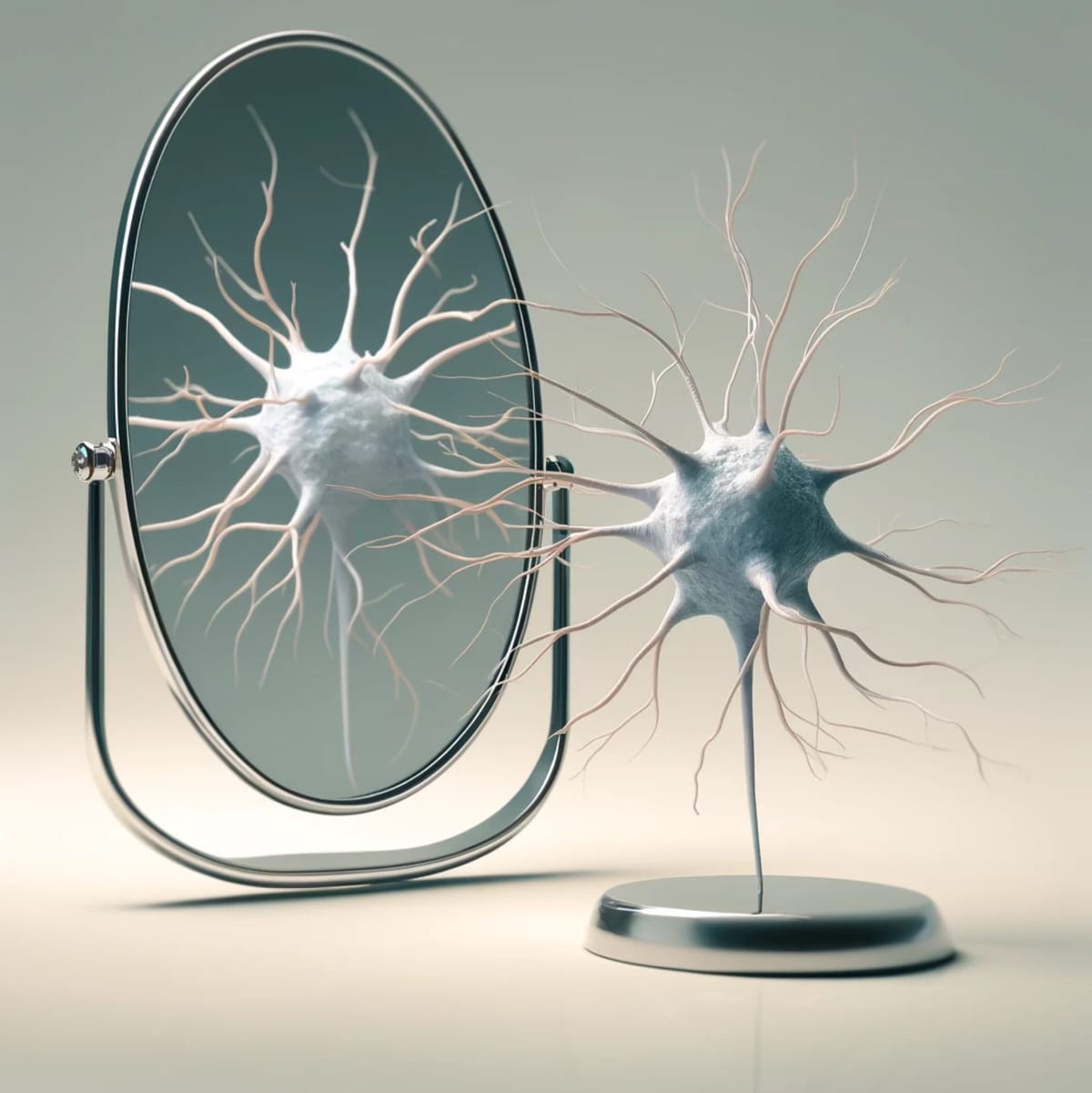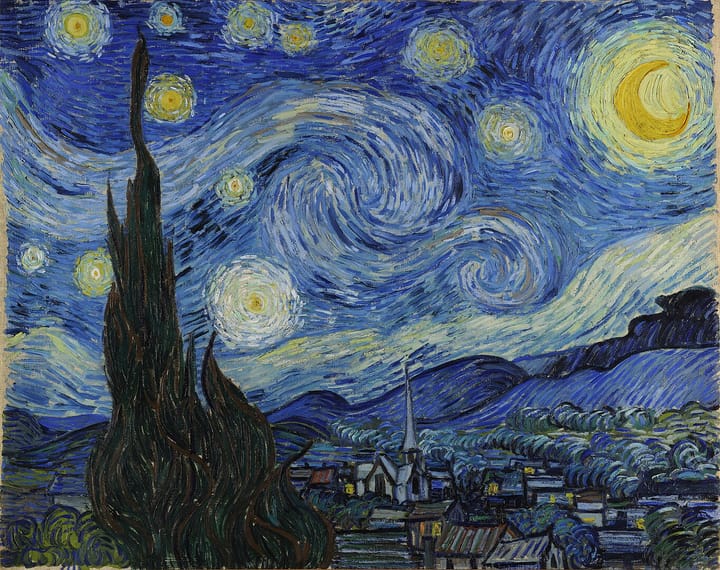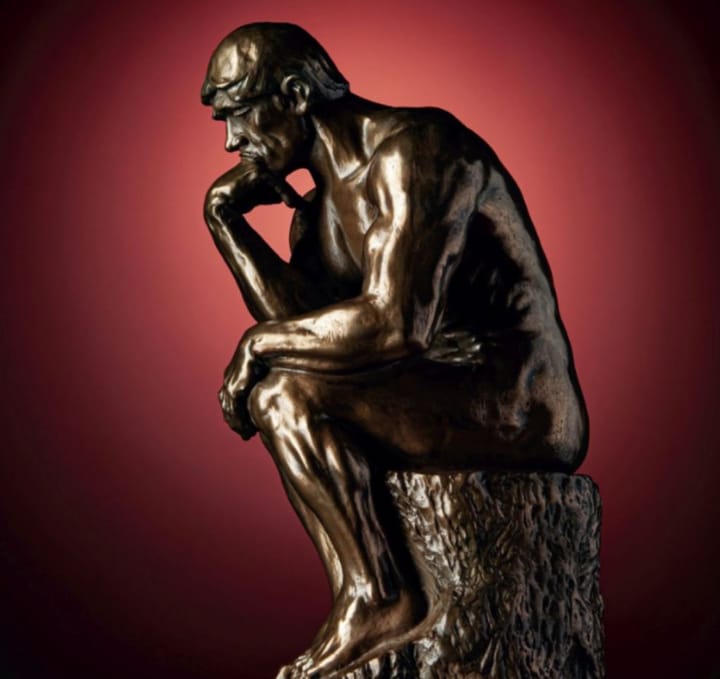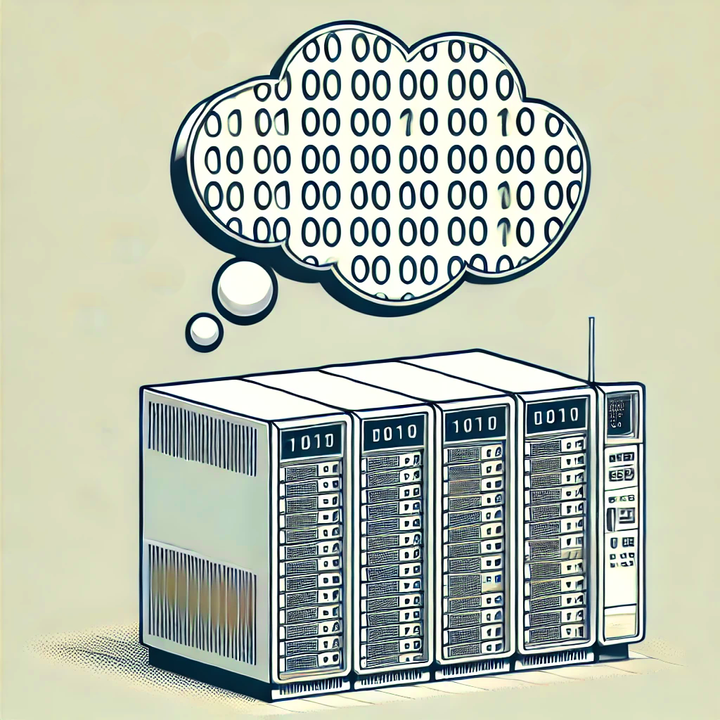The Mirror Neuron Mirage

The big picture: In the 1990s, researchers in Italy stumbled upon what they thought was a groundbreaking discovery while observing macaque monkeys during an experiment. They found that specific neurons, dubbed "mirror neurons," fired when the monkeys performed an action and when they watched humans perform the same action.
The excitement: This unexpected finding sparked excitement about the potential roles of these neurons in humans and how these mirror neurons could play a central role in empathy, imitation, language development, and social cognition. Because these neurons fire when an individual acts and when they observe the same action performed by another, the idea was simple: our brains might be wired to understand and mirror the actions of others, providing a neural basis for complex social interactions. In 2000, the famous neuroscientist V.S. Ramachandran wrote an article on Edge.org speculating that “mirror neurons would do for psychology what DNA did for biology”
Why it matters: Sometimes, a chain reaction starts with researchers overreaching, leading to media exaggeration and the creation of cottage industries. This amplified information seeps into textbooks. As a result, a generation of students and the general public develop a distorted view of the actual significance of a discovery. Correcting these misconceptions can take generations.
Parallels with Vitamin C: The story of mirror neurons parallels the hype and subsequent reassessment of Vitamin C's supposed benefits. Just as Linus Pauling's advocacy in the 1970s led many to believe that high doses of Vitamin C could cure the common cold and other ailments, mirror neurons were once thought to unlock the secrets of empathy, learning, and autism. Over time, extensive research has shown that while Vitamin C is essential for health, it is not the miracle cure once touted. Similarly, rigorous scientific investigation into mirror neurons tempered the original claims, revealing a more nuanced reality. Both cases highlight how initial excitement can lead to sweeping assumptions. Still, subsequent scrutiny and research refine our understanding, illustrating science's dynamic and self-correcting nature.
Latest Understandings: Despite these critiques, mirror neurons are still considered relevant, especially in motor learning and basic action understanding. Researchers are now more cautious, emphasizing that these neurons are part of a broader network involved in social cognition. Current studies focus on identifying specific roles and mechanisms rather than attributing broad cognitive functions to mirror neurons alone.
The takeaway: Science, as a collective process, is a dynamic journey of discovery. Mirror neurons were once hailed as the key to understanding human empathy and learning, only to face skepticism and reevaluation. This ebb and flow of ideas is the essence of scientific progress. As we delve into research, new findings can challenge established beliefs, and that's a good thing. Some findings become the bedrock upon which we build our knowledge, while others may evolve or be replaced as new evidence emerges. We need to embrace these changes, as they are the building blocks of our continually advancing understanding of the world.


